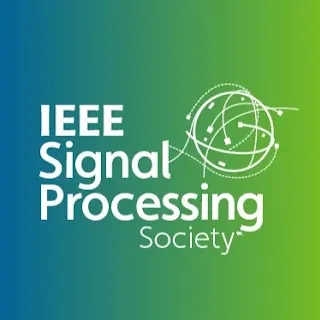Adversarial Robust Modulation Recognition Guided by Attention Mechanisms
Deep neural networks have demonstrated considerable effectiveness in recognizing complex communications signals through their applications in the tasks of automatic modulation recognition. However, the resilience of these networks is undermined by the introduction of carefully designed adversarial examples that compromise the reliability of the decision processes.
